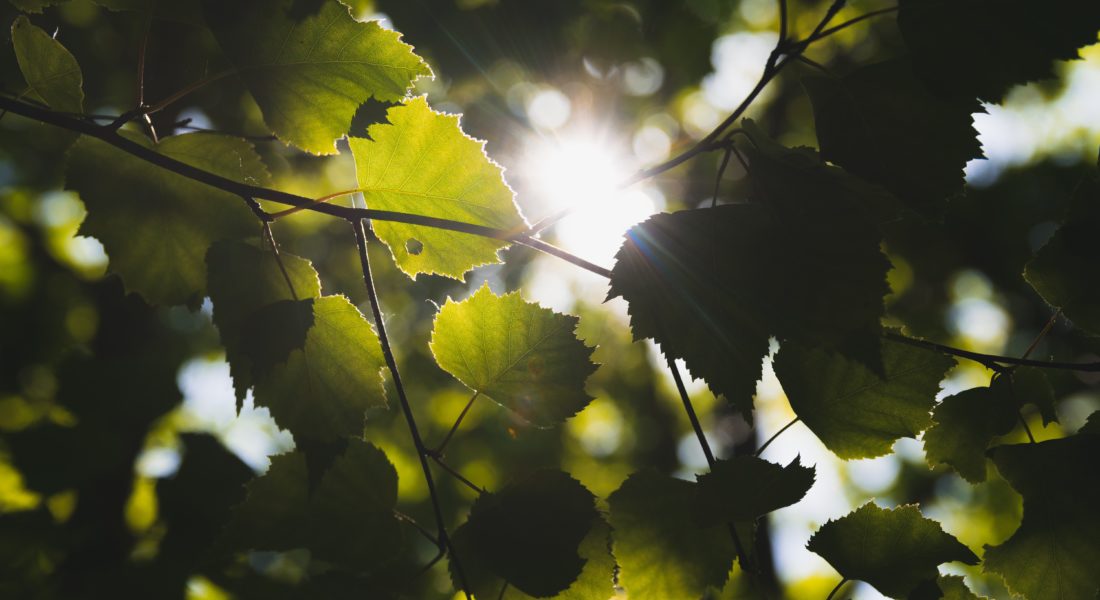During this lesson, families will foster a creative connection with a local tree by writing a poem or a story to it AND boost dopamine levels by touching soil and plants while encouraging play outdoors.

Introduction
Trees are more similar to humans than you might think. Like humans, trees like to drink water and they rely on sunshine and different nutrients to survive. But there are a couple of other mysterious practices trees and humans share! The part of the tree that we don’t usually see is its massive root system which is TWICE as big at the canopy. This giant cluster of roots is where some really magical things can happen.
In the soil beneath you, many trees are connected and they are working as a community to help each other survive.
Trees of the same species can weave their roots together and help each other take in resources. If one tree does not get enough nutrients, another tree may share some of its nutrients by passing it through these root connections.

Understanding root connections
Some trees are also connected with each other through fungi called Mycorrhizae- (My- cor-rhi-za) that make their root structures even bigger. These fungi give trees the ability to send off warning gases to trees they are connected to when they are being attacked by a predator. A predator is a species that preys upon another species. The warning lets other trees know to shield themselves with their own protective armor by extracting chemicals that are toxic to their predator.
Why do you think a tree would do this?
A forest is stronger when the trees are working together. Just like humans!
Can you think of a time when you were struggling and another person helped you get the resources that you needed?



